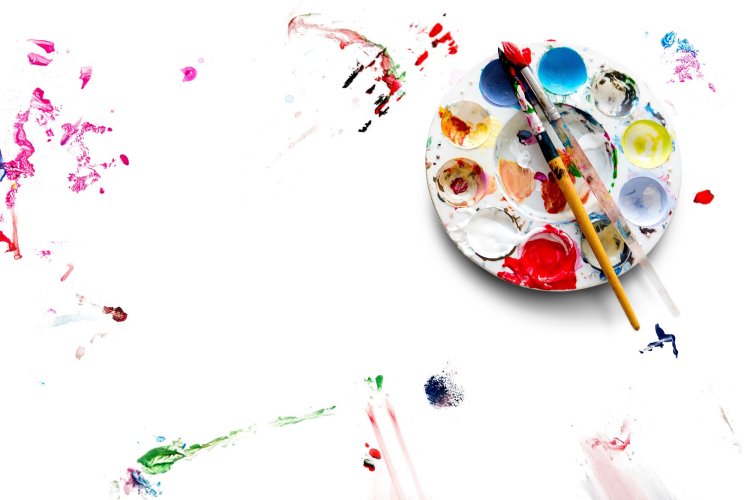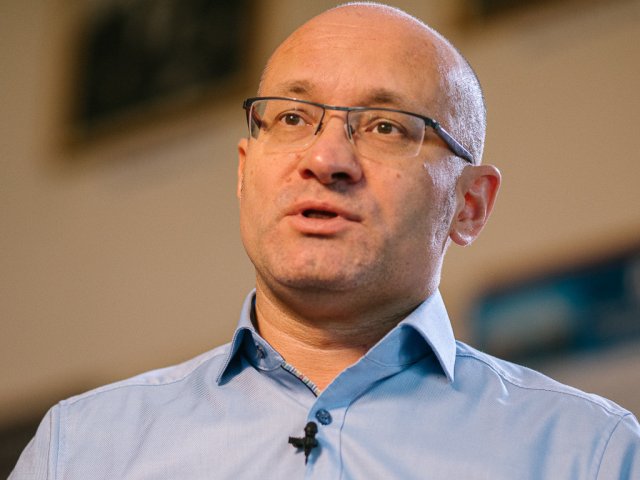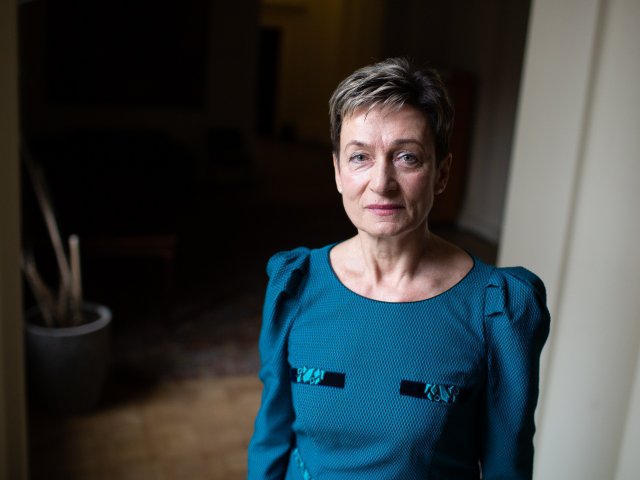On July 30th, 1511, the Italian art historian, painter, architect and writer, the author of the famous Le Vite… and one of the founders of modern art studies, Giorgio Vasari, was born.
As an incredibly talented Renaissance man, Vasari became famous above all as an artist and architect of Mannerism, a style that replaced the fading Renaissance art. Mannerism was a precursor to the Baroque era.
Vasari left an impressive legacy in art studies as well. In his fundamental work titled “Lives of the Most Eminent Painters, Sculptors and Architects” (Le Vite de’ più eccellenti architetti, pittori, et sculptori italiani) Vasari collected 178 biographies of Italian Renaissance artists, also describing some of their works in the book. For several centuries this work had been the main source of information about the greatest masters of the Renaissance. It can be said that thanks to Vasari’s works there was a development of such field of knowledge as History of Arts. The work of the Italian art historian was reappraised and faced criticism in the 20th century for its overdue simplification, attempts to gloss over the truth and a strong personal bias in the representation of facts. Yet, none of this detracts from the enormous contribution that Vasari has made to the study of art and the systematization of knowledge in the field.
“The creative style of Vasari’s works in architecture and painting was shaped under the influence of Michelangelo in whose workshop he had worked. Vasari’s best-known edifice is the Uffizi complex in Florence (1560-1585), and in the field of painting he is credited with murals at the Palazzo Vecchio in Florence (after 1555) and the Sala Regia in Vatican City (1571-1573). Vasari founded one of Europe’s first art academies, the Academy of Drawing, in Florence in 1562. Vasari, first of all, is known as a person of very broad cultural interests and knowledge who made an enormous contribution to the history of art with his renowned Le Vite… (1550, 1568), a book which he constantly supplemented with new facts and findings,” writes the Russian Academy of Arts.
The article is based on open sources.
Phoro: rawpixel / 123RF






















